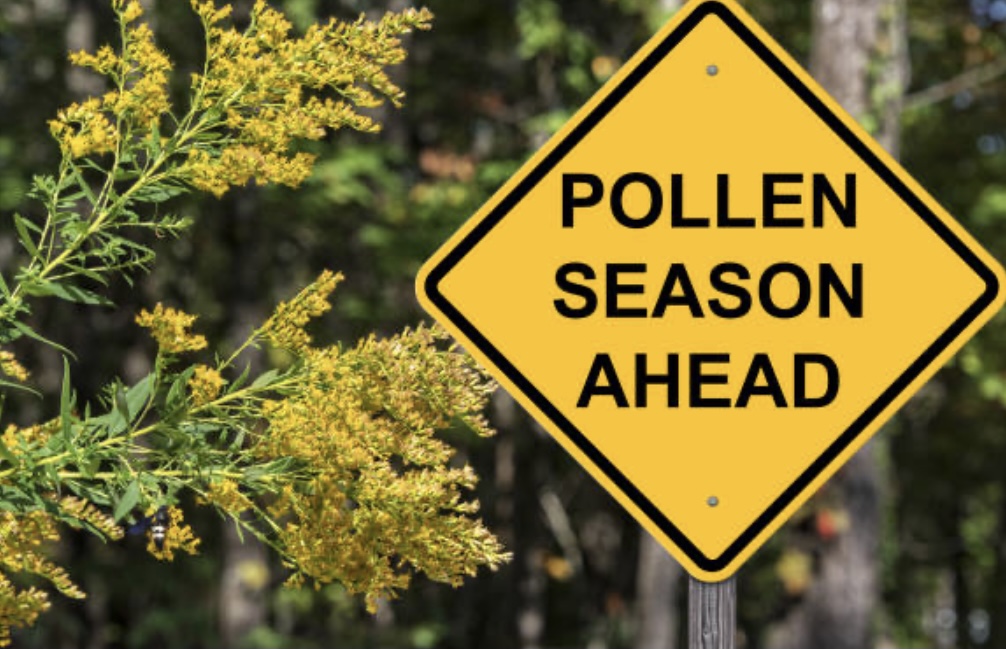Resources
Allergy Sneason Is Upon Us: How to survive the pollen
In bloom
Its that time of year where the days get longer and the sun shines again making everything bloom. Although beautiful in all its glory, early spring into summer can be a dreadful time of year for those of us suffering from runny nose, itchy eyes and a scratchy throat. If the allergy fairy typically pays you a visit early March or really any time of year there are some simple preventative measures you can do.

Chinese herbal medicine for allergy support
Many people have sensitivities to various conventional anti-histamines on the market and some people just prefer to keep it natural. If that’s you, look no further, Chinese Medicine has you covered. There are two specific herbal formulas that should be stocked in your medicine cabinet. The first, Yu Ping Feng San or Jade Wind Screen is an effective preventative for all of your allergy needs. This formula works best when taken a month or so before allergy season begins and through to the end of the season.
Too little but not too late
And what if the preventative herbal formula doesn’t quite hit the mark? There are several other go to Chinese herbal formulas that can help with both acute and chronic allergy symptoms. Markedly, Bi Yan Pian, translating to “nose inflammation pills”. This classical herbal concoction has been used for literally hundreds of years to combat allergic rhinitis, runny nose, sneezing and congestion due to phlegm.
What are these formulas and how do they work?
Not only did Chinese authorities rely on Jade Windscreen Formula during the 2003 SARS outbreak but several studies show the concoction to be effective in warding off various pathogens and subduing the histamine response during allergy season. Jade Wind Screen is a potent combination of Astragulus root (Astragakli Radix), Siler root (saposhnikovia root) and Atractylodes (atractylodes marcocephala). These three herbs works together synergyisticly to both strengthen the overall immune system and calm the over active histamine response.
Additionally, Bi yan pian combines multiple Chinese herbs that help to relieve nasal congestion and relieve inflammation. Also used for centuries to treat sinus infection. This formula combines Magnolia Flower, Wild Chrysanthemum, licorice root and a myriad of invigorating and soothing herbs to open the nasal passages. This formula is appropriate for short term use whereas Jade Wind Screen can be taken throughout the year to bolster the immune system
How to take Jade Wind Screen
Jade wind screen is traditionally taken as a powder blend and dissolved in warm water. Like most Chinese formulas it can be taken as a raw herbal decoction or more easily in a capsule form. The most common dosage recommendation is 9 grams or about 3 capsules 3 times per day depending on severity of symptoms and Chinese medicine diagnosis from a certified practitioner.
Ingredients for JWS:
- 60 to 120g astragalus root powder
- 60g atractylodes powder
- 30g siler root powder
How to take Bi Yan Pian
As mentioned above most formulas are typically taken in powder form and dissolved into hot water, if you want the strongest effect. However most people prefer pill or capsule form. This formula is typically taken as 4 pills per day 3 times a day dependent on severity of symptoms. Again, check in with your local Chinenese Medicine Practitioner.
Ingredients for Bi Yan Pian
- Xanthium sibiricum fruit
- Magnolia biondii flower
- Forsythia suspensa fruit
- Saposhnikovia divaricata root
- Angelica dahurica root
- Anemarrhena asphodeloides rhizome
- Glycyrrhiza uralensis root
- Schizonepeta tenuifolia herb
- Chrysanthemum indicum flower
- Schisandra chinensis fruit
- Platycodon grandiflorum root
Want more information? Come in for a Chinese Medicine consultation and acupuncture session with either Dr. Courtney Connell DACM or Kileen Swenson MAOM at, Well Balanced Center for Integrated Care.
Written by Kileen Swenson MAOM, LAC